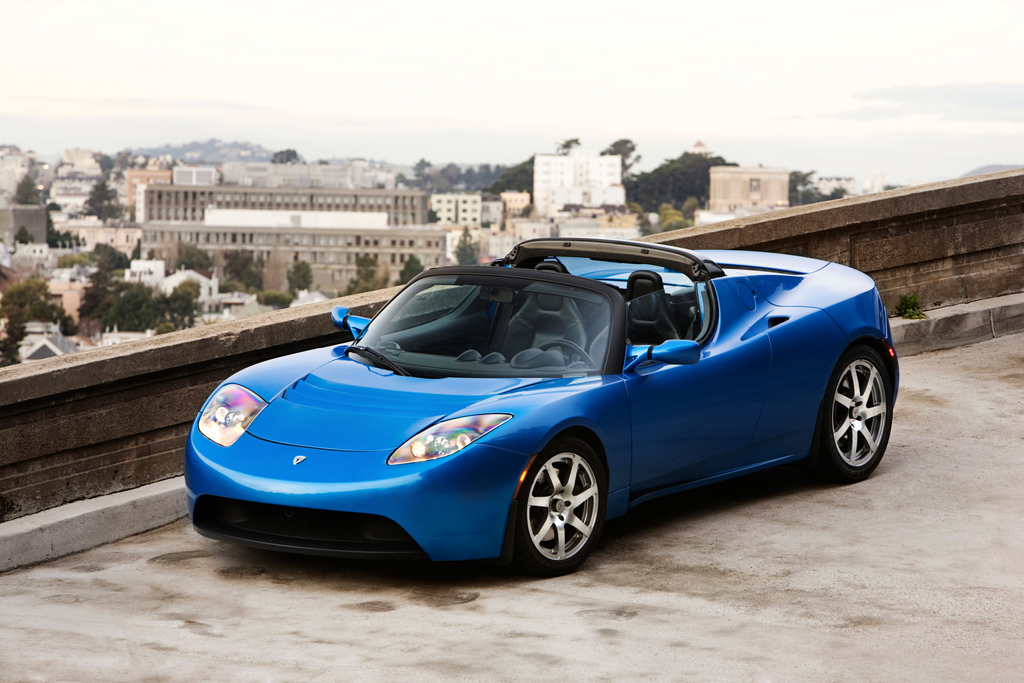Formula 1 should ditch the internal combustion engine
 |
| The Tesla Roadster. Image source: Tesla Motors. |
Honda’s withdrawal from the hugely expensive world of Formula 1 motor racing is another illustration of the pressures on the world’s car-makers. Now might be a good time for reflection. Does it make sense to use the petrol engine as the power source for the cars on the track. Isn’t it time to switch to electric cars?
***
The internal combustion engine is dying. Although small improvements in efficiency are still being made, Formula 1 cars only convert about a third of the energy in the petrol into motion. This is better than the typical suburban saloon, but not by much. An electric car is much better, turning most of the energy in a battery into usable motive power. The elders of the motor racing industry know that Formula 1, exciting and innovative as it is, is doomed by the coming obsolescence of the petrol car. The yearly global circus is coming to be seen as unsustainable, both financially and environmentally. By cutting its Formula 1 presence, Honda expects to save $500m a year, an illustration of the extraordinary cost of participating in this extraordinary sport.
Are electric Formula 1 cars a possibility? Yes. Electric cars can have extraordinary acceleration, very high top speeds and a range that is only dependent on the weight of the battery. The new Tesla, designed and partly built at Lotus in Norfolk, UK has a top speed of 130 mph (and it could be more if it weren’t speed limited) and an acceleration of 0-60 mph in 3.9 seconds. Its driving range is over 200 miles. Unlike a supercar of the same specifications, its fuel cost is a penny or so a mile.
Battery technology is improving all the time. The scope for continued advances is enormous. This is one of the fields where nanotechnology will make a huge difference. We need reductions in cost, charging time and weight. (However, any particular battery chemistry has an irreducible minimum weight per unit of charge – so advances will partly come from finding new chemistries that improve on the various lithium ion technologies.)
My suggestion is this: Formula 1 should establish a separate competition at each Grand Prix from 2010 onwards. Only pure electric cars could be entered. The distance should be more than 200 miles, with manufacturers allowed to replace batteries if needed. World governments should provide a prize of $20m a race. This prize is enough to get manufacturers small and large working to improve the characteristics of their cars and the batteries. This would produce very rapid innovation in power sources and drive systems.
The world needs electric cars. Even if the electricity in a car battery comes from dirty coal power stations, the emissions per mile are much less than from petrol. Renewably generated electricity can be carbon-free.
Eventually we can hope that the petrol Formula 1 races give way to all-electric contests. We’d lose the ghastly noise and the swarms of engineers in their fire-proof clothing (because electric cars aren’t a fire risk) but we’d gain a cheaper, more environmentally friendly sport that would really push the evolution of low-carbon propulsion. And, of course, we could add the horrible noise back by installing loudspeakers on the back of the cars if the fans demanded it.